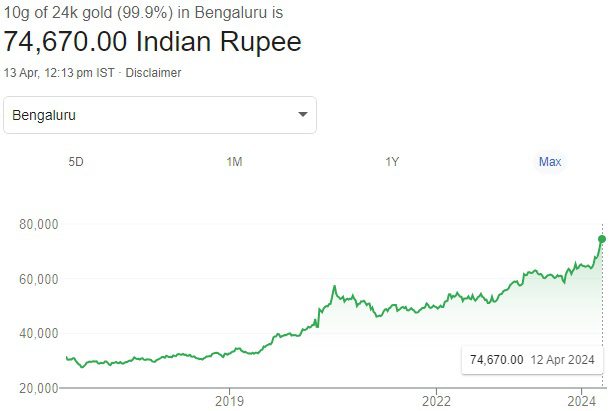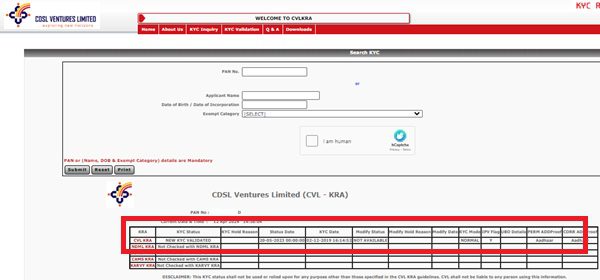Many small finance banks offer fixed deposit rates of around 8%. Is it safe to invest in Small Finance Bank Fixed Deposits? Whether our FD is guaranteed?
Let us now try to understand what are these small finance banks and how they are different from normal banks.
What are Small Finance Banks?
Small Finance Banks are a specialized type of bank established by the Reserve Bank of India (RBI) in India. The guidelines for Small Finance Banks were first introduced by the RBI in November 2014. These banks are authorized to offer fundamental banking services such as accepting deposits from the public and providing loans to individuals.

The primary objective behind the formation of such banks is to extend financial support to sectors of the economy that are often overlooked and underserved by traditional banks. These sectors may include small businesses, micro and small enterprises, small and marginal farmers, as well as unorganized sector entities. Small Finance Banks play a crucial role in offering vital financial services to regions of the country that have previously been neglected and remain unbanked.
Certain features of Small Finance Banks are –
Small Finance Banks are incorporated as public limited companies under the Companies Act 2013. These banks are granted a license under section 22 of the Banking Regulation Act 1949. The governance of Small Finance Banks is overseen by the provisions of the Banking Regulation Act 1949 and the Reserve Bank of India Act 1934.
Small Finance Banks offer two types of loans to the general public, namely individual loans and group loans. However, it is important to note that group loans can only be provided under joint liability. In terms of the maximum loan size and investment limit exposure for group borrowers, it is restricted to 15% of the capital funds. Furthermore, if the bank is advancing loans of less than or equal to 25 lakhs, it is mandatory for at least 50% of the loan portfolio to be constituted.
Individuals have the option to deposit their money in Small Finance Banks through various accounts such as current accounts, fixed deposit accounts, saving accounts, and money instruments. Small Finance Banks charge an interest rate of 6-7% on saving accounts and 9% on fixed accounts.
In short, these banks provide basic banking services like lending and deposit acceptance, selling mutual funds, insurance products, pension products and conducting foreign exchange businesses for customers.
The list of small finance banks can be found HERE. You noticed that as of now, there are 12 small finance banks (as of 18th April 2024).
Whether Small Finance Banks covered under DICGC insurance?
Yes, similar to all other financial institutions, the deposits in small finance banks are also protected by the Deposit Insurance and Credit Guarantee Corporation (DICGC) insurance scheme, which safeguards both the principal amount and interest up to a limit of Rs 5 lakh per individual per bank.
The DICGC insures all deposits such as savings, fixed, current, recurring, etc. deposits except the following types of deposits. Do note that the deposits kept in different branches of a bank are aggregated for the purpose of insurance cover and a maximum amount of up to Rupees five lakhs is paid.
If an individual were to open multiple deposit accounts in one or more branches of a bank, say Mr.XYZ opening multiple savings/current accounts and fixed/recurring deposit accounts, all of these accounts would be considered as being held in the same capacity and right. Consequently, the balances in all of these accounts would be combined, and insurance coverage of up to five lakhs rupees would be available.
However, if Mr.XYZ were to open additional deposit accounts in his capacity as a partner of a firm, guardian of a minor, director of a company, trustee of a trust, or as a joint account holder with his wife Mrs.XYZ, in one or more branches of the bank, then these accounts would be considered as being held in different capacities and rights. As a result, each of these deposit accounts would be eligible for separate insurance coverage of up to five lakhs rupees.
Furthermore, it should be noted that if a depositor holds a deposit in the name of their proprietary concern, where they are the sole proprietor, and also holds deposits in their individual capacity, the amounts would be aggregated. In this case, insurance coverage of up to five lakh rupees would be available.
Is it safe to invest in Small Finance Bank Fixed Deposits?
Prior to responding to this inquiry, it is essential to consider the underlying reason for investing in Fixed Deposits. The main objective of maintaining funds in Bank FDs is to ensure the financing of your short-term objectives. Therefore, in this scenario, the focus should be on safeguarding the principal rather than solely seeking high returns.
The second crucial factor to consider is to question why these banks are offering higher rates compared to commercial banks or PSU Banks. If someone is offering you an 8% fixed deposit rate, it is evident that they have lent your money at a rate higher than 8% in order to profit from it, correct? Now, who would approach such a lender offering a lending rate higher than 8% when other commercial or PSU banks are offering loans at less than 8%? Obviously, individuals with either no credit history or a lower credit score who are unable to obtain loans from PSU banks or commercial banks. Therefore, the portfolio of anyone offering you a higher rate than the typical safe FD rates always involves lending to borrowers with low credit ratings.
Additionally, consider the characteristics of these Fixed Deposits, as they are subject to specific limitations such as lock-in periods or minimum investment requirements. If you are willing to commit to a lock-in period and invest a substantial amount (keeping in mind the DICGC benefit limit), then proceed. However, if you are not comfortable with these restrictions, you may be putting your funds at risk. It is important to note that premature withdrawals are generally not permitted during the lock-in period, except in cases of death or certain legal circumstances.
Do you think you would receive the money immediately if the bank where you deposited your funds were to fail and the total amount you have kept is within Rs.5 lakh and covered by DICGC?
The timeline set as per the rule is – If a bank goes into liquidation, DICGC is liable to pay to the liquidator the claim amount of each depositor up to Rupees five lakhs within two months from the date of receipt of claim list from the liquidator. The liquidator has to disburse the claim amount to each insured depositor corresponding to their claim amount.
Hence, it is clear that you will get the amount two months from the date of receipt of the claim list from a liquidator. It may delay further if the bank delays in providing the list.
Conclusion – If you are comfortable with managing the risks mentioned above, you may consider investing in small finance fixed deposits. However, it is advisable to allocate only a small portion of your funds to such small finance bank fixed deposits. Additionally, ensure that your total limit in each bank does not exceed Rs.5 lakh (inclusive of interest and savings account balance). Remember to never deposit your emergency fund in these banks.









2 Responses
Respecrted Basavraj Sahib
Namaskar
I have gone through your informative article on FDRs with small Finance bank. You are very much balanced in your analysis of the issue . But I find that all SFBs cannot be treated at par in terms of financial strength . You have stated that quality of their advances is poor but I have found ( in case of Ujjivan SFB) the quality is mainly indicated through Gross / Net NPA level which is much much better than so called strong PS Banks . Further their administrative and operational expenses are less than the big banks.My SFB has been freely allowing premature FDR as and when I have desired. The bank is also providing banking at your doors which is very much required for senior citizen like me . RBI controls these banks with same strictness as with PS Bs others .Still I feel I should gradually reduce my exposure to the said bank in th elight of DICGC overall insurance coverage limit.
With warm regards
Sincerely yours.
Om Banmali
Dear Om,
This not pointing towards any one SFB but overall view of the SFBs. You can’t judge the quality of lending just through NPA. You have to check it out borrowers credit rating. If the borrowers are high creditworthy, then they may not knock SFBs.